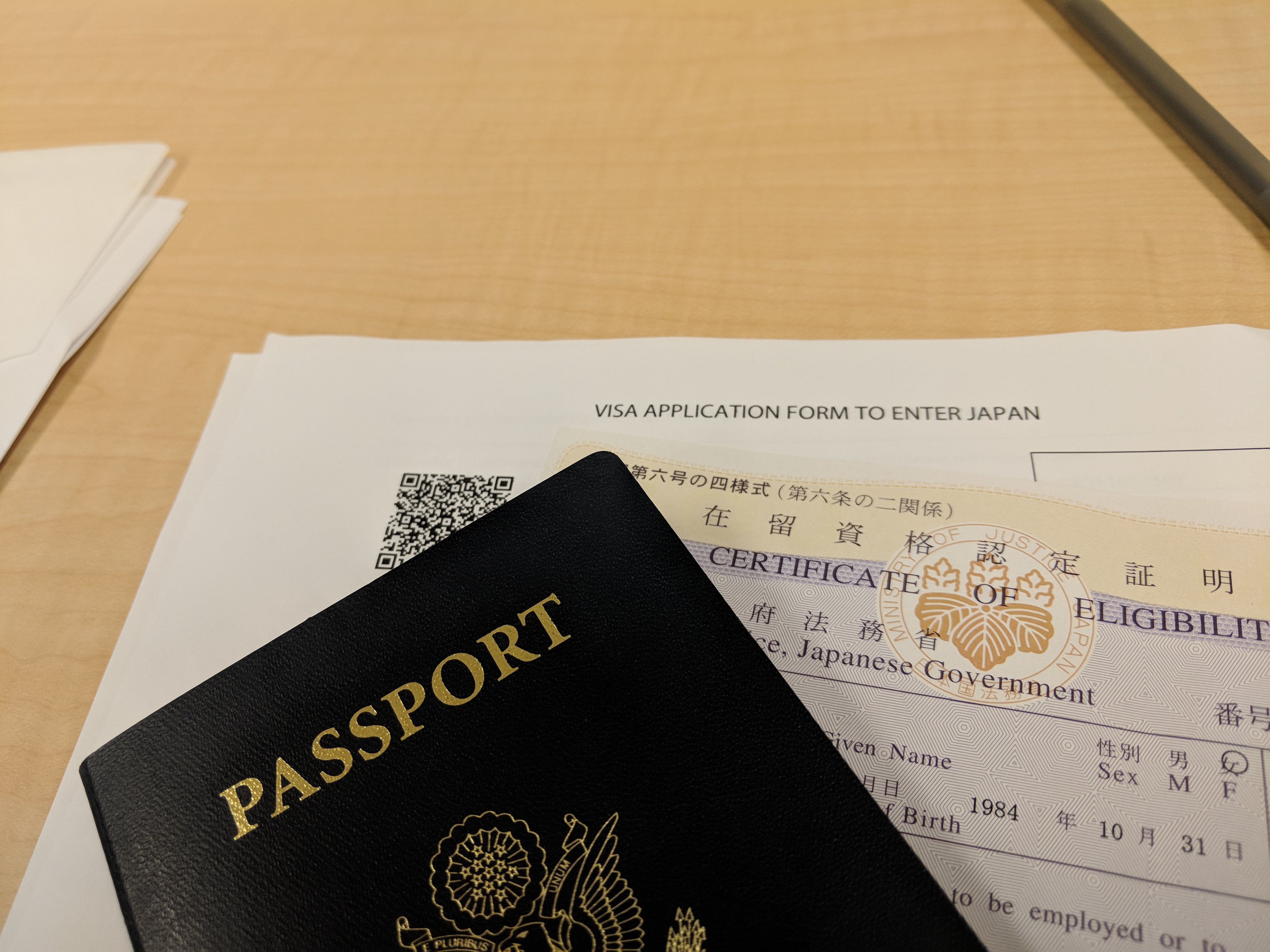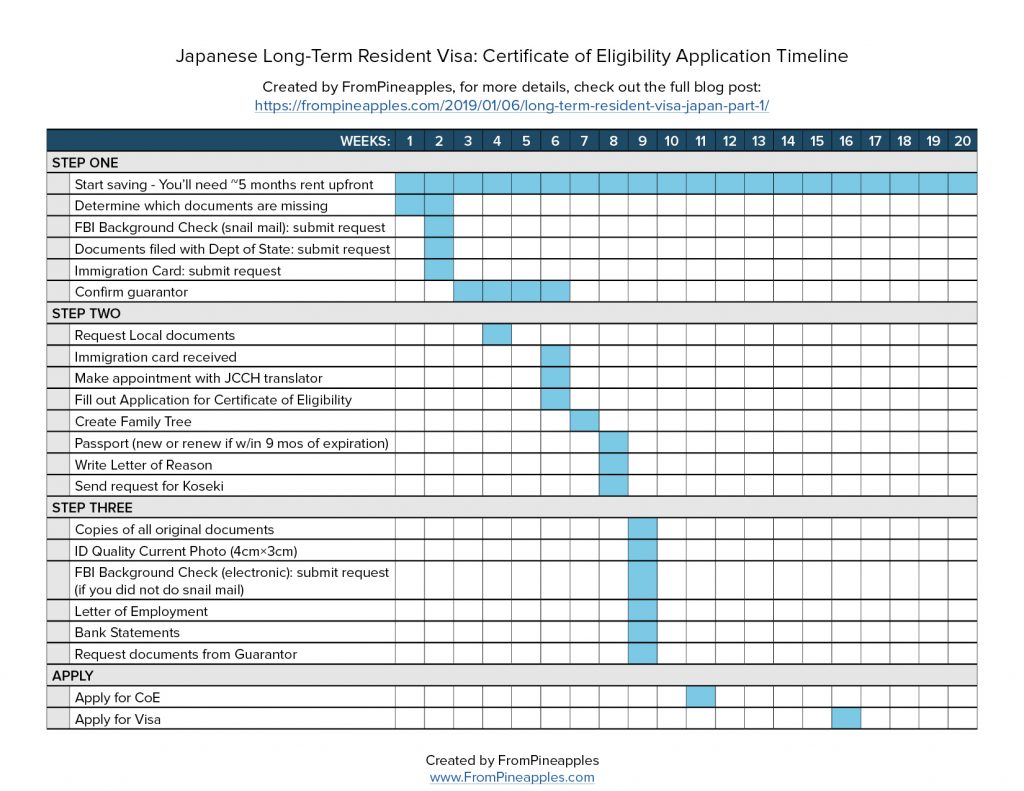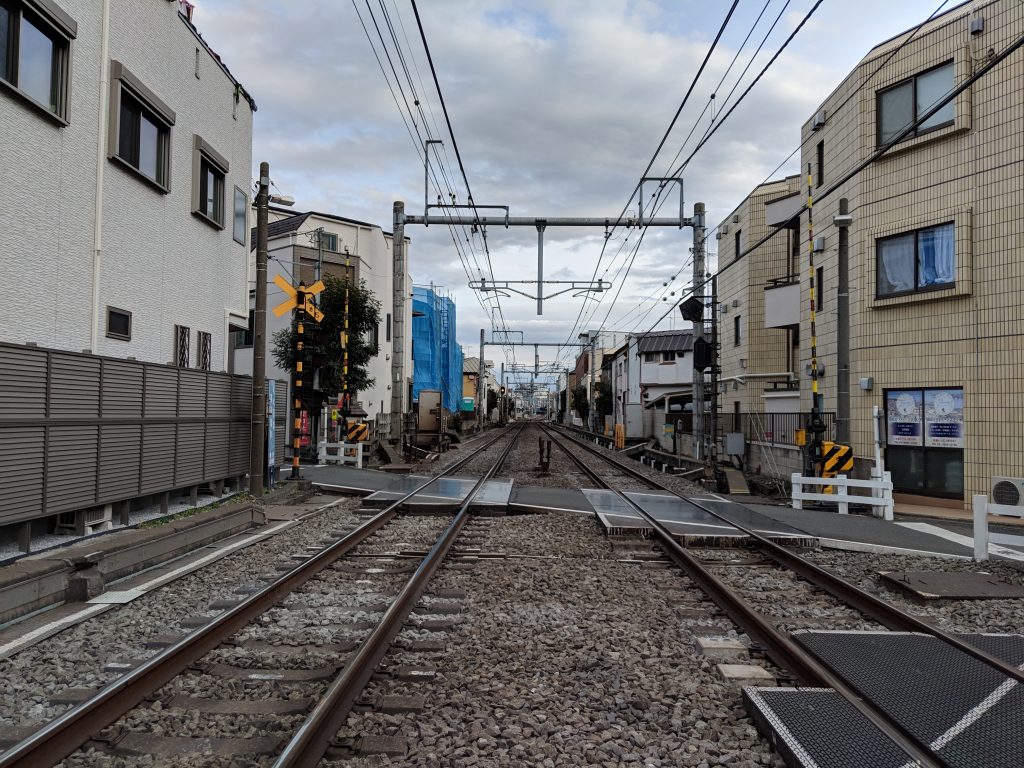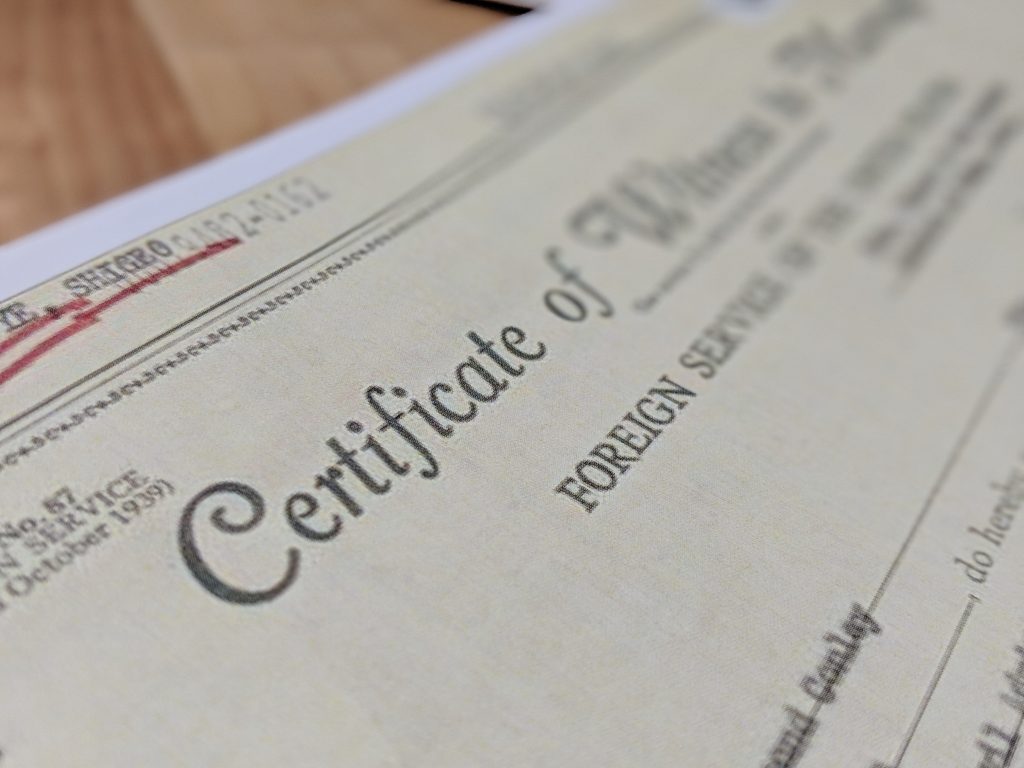TL;DR
Timing is key, making sure you have a guarantor lined up and you’re saving money should be first, followed by long lead items (documents from the Department of State and an FBI background check). Also: study Japanese! You’ll thank me after you move.
Disclaimer
I’m not a lawyer. All of the info provided is based 100% on our experience. When we started on this journey, we knew nothing and couldn’t find any detailed info anywhere, so we thought it’d be something helpful that we could share. Yes, we paid an immigration lawyer that was based in Japan to help us through this process. And yes, I think it was worth every penny.
Can you do it on your own? Maybe. I didn’t go to the immigration office (our lawyer said we didn’t need to go, and that it would likely take at least 4 hours), so I’m not sure what the language barrier there would be like, but I imagine if you really needed to, with the help of google translate, it’s possible. We’ll know more after we go in to apply to renew our Visa in February!
This is part 3 in an epic series of Getting our Japanese Long-Term Resident Visa (Ancestry Visa). See below for all posts:
- Our Story and Situation
- All the Required Documents for an Ancestry Visa in Japan
- Application Process and Timing (this post)
- Bonus: Actually moving to Japan
Physically being in Japan when you apply
To be honest, I’m not 100% sure this is necessary. This is just what our lawyer asked us to do and told us it was necessary. I think she also wanted to go over all the documents and wanted to make sure I was physically there to go to the immigration office if there were any issues. She also listed the hotel I was staying at on the application form, so maybe it IS required. If anyone’s completed the process without flying in, let me know in the comments!
Study Japanese!
I honestly wish I took this more seriously before we moved. Maybe I wasn’t 100% sure we were actually moving, or maybe I was just lazy (probably the latter), but while I did glance at things occasionally, I never sat down and really studied. The struggle was pretty real when we actually moved, and if I could do it all over again, I would’ve definitely buried my head in the books as soon as we started THINKING about moving. 😂
Timeline / Timing
Honestly – I wish I knew all this upfront. Our process could have been done in WAY less than a year and with far fewer headaches and stress. But *shrug*, that’s life! Below is basically the list from How we got our Long Term Resident Visa (Ancestry Visa) for Japan – The Documents (Part 2), rearranged for a faster timeline (and quicker timing).
Step 1
- Start saving money
- Apartment fees in Tokyo are notoriously high and you typically spend upwards of ~5 months of rent up-front (agent fee, key money, first month’s rent, security deposit, guarantor fee).
- Figure out what documents you already have.
- Here’s a link to a checklist for the documents you’ll need.
- If any of your missing ancestry documents require a request to the Department of State, do this now.
- If you’re planning to snail mail in your request for an FBI background check, do this now.
- Koseki Research: determine the hometown of the first generation
- Ask everyone in your family if they have any documentation (birth certs, etc)
- Simultaneously send the local Japanese Embassy the form to request a copy of that generation’s immigration card. Full instructions here.
- Start reaching out to friends in Japan.
- I can’t stress this enough, since finding a guarantor took us the longest. They need to be a Japanese National and (most importantly) be willing to be your guarantor!
- Once they agree, let them know what documents you’ll need and when you’ll be requesting.
- Find photos together
Step 2
- Request local documents
- The Hawaii Vital Records department online states the number of days for turnaround (currently 32) for snail mail copies. It’s not too long, but I’d still start here.
- Create Family Tree document
- They really just need name, marriage dates and birth/death dates. See this form for what ours looked like. (It includes Japanese translations)
- You’ll use this in the Koseki request as well as in your Certificate of Eligibility Application.
- Make sure your documents are up to date
- Passports need to have at least 2 blank pages and should not expire within the year
- Also renew your license and look into getting an International License if you plan to drive in Japan (I did not, I don’t even trust myself driving in the States)
- Start filling out Certificate of Eligibility application form. Most of this was obvious, but for the questions that I was unsure about, I’ll include our application answers below:
- Date of entry (#12): The date you expect to move to Japan. We assumed ~1 month to receive our CoE and Visa and wrote 2/1 (we applied 12/20)
- Port of entry (#13): We wrote “Narita (or Haneda)”
- Intended length of stay (#14): We applied for the 5 -year Visa, but ultimately got a 1-year.
- Intended place to apply for Visa (#16): The Consulate General of Japan in your hometown.
- Past entry/departure from Japan (#17): you only need to list your most recent (which should be when you fly in to apply) but you’ll need to know the total number of times you’ve been and those dates as well.
- Family in Japan (#20): this is immediate family, and I included my husband even though he wasn’t there yet. For the employment and Residence Card number section, we just wrote “N/A (applying)
- Immigration card received? Make an appointment with the Japanese Cultural Center of Hawaii (hopefully you have one of these where you live and they offer these services!)
- They’ll fill out a form to request the Koseki, address all the documents and have everything ready to go.
- Wait until a month or two before you are planning to apply to request this, as it only has a shelf life of 90 days. From my experience, they turned it around in 2 weeks.
- Ask your employer for a Letter of Employment
- If you’ll continue to work for them while you’re in Japan.
- Write your letter of reason.
- This shouldn’t take long, but you MAY want to have it translated into Japanese by a trusted friend (or translation service). Our lawyer did it as part of her fee.
- Start looking at flights/accommodations (for when you apply for your CoE)
Step 3
- Make copies of your original documents
- As well as copies of your Passport and ID
- You won’t get them back if you don’t have a copy to submit with your application
- Take a photo
- This needs to be 4cm x 3cm with a plain white background
- It’ll be the photo they use on your Resident Card when you move, so make sure you like it!
- FBI Background Check
- If you opted for the electronic background check, then this is when you should have your fingerprints scanned. Our results were returned in 24 hours.
- Request documents from your guarantor
- Signed Letter of Guarantee
- Current Certificate of Residence (Juminhyo)
- Company Information
- Make copies of bank statements
- #LookHowMuchISaved #IReallyWantToLiveInJapan 😁
- Book flight/accommodations
Step 4
- Apply for your Certificate of Eligibility
- Can’t say I know the ins and outs of this, but we’ll be applying to renew our Visa next month, so we’ll let you know!
- Receive Certificate of Eligibility
- Apply for Visa
- Head down to your local Consulate General of Japan and submit your Visa application along with the following documents:
- Current Passport with at least two blank pages
- Passport sized photo (2×2) – attached to your form with GLUE
- Certificate of Eligibility
- Head down to your local Consulate General of Japan and submit your Visa application along with the following documents:
- Once you receive your Visa – Move to Japan!
- Which is a WHOLE NOTHER process. One that we’ll dive into next week! 😂
It’s a bit hilarious how applying for the actual Visa is a piece of cake. Literally, one form, a few documents and a week later, you have a visa in your passport giving you entry to live in a new country. The Certificate of Eligibility is a time-consuming process that makes that final step super exhilarating and exciting.
I made a “perfect world” timeline where you don’t have to wait on the Dept of State for anything – and theoretically, you could go from research to moving in as little as 5 months. Haha. If only, right? Well, if you were aggressive enough, maybe? Image below, PDF download here.
That’s it!
If you made it this far and you’re not slamming your head into a table, congrats! Haha. Here are links to the other parts of our story, if you’re ready for more:
- Our Story and Situation
- All the Required Documents for an Ancestry Visa in Japan
- Application Process and Timing (this post)
- Bonus: Actually moving to Japan




13 Comments
Thank you so much for writing this series! I couldn’t find any decent articles on line about this for the life of me so this makes the application process so much better.
Yeah it was tough for me too! Hope you were able to get all the things and if you ever have any questions for sure reach out! I’ll try to help as much as I can. 🙂
Hi,
I just got the same visa today after several months of collecting various documents. Is the renewal process exactly the same?
Hi Justin~ congrats! Hope your move goes smoothly! As for the renewal, it was pretty similar. We had to re-request the Koseki and show the originals for marriage certificates. Plus some additional documents that you get when you move here (tax docs and residence documents). We actually just finished up our second renewal and I’m planning to write about it soon.
May I ask where your from? We were wondering if Japan was accepting new visa application for this particular visa of grandchild status during covid we were denied in July and can’t reapply till December, I noticed they are allowing some visas in but wasn’t sure about the long term resident.
Thanks and congratulations!!!
Can you send me the contact information for the legal person you used for this process too? Also, I’m trying to figure out if the marriage certificate for your grandparents has been certified in some special way or just a copy. I have an image of my grandparent’s marriage certificate from Ancestry.com but not a certified copy (like you my grandparents were married at a consulate in Japan). It seems like from my research the original is now that the National Archive. The email address that I am posting from is great for correspondence. Thanks again for putting this website togther!
I can really relate to what you wrote in your first article. My mom is a Japanese immigrant who married my father in the US Air Force. My wife and I visited Japan this year – my first time there since I was born in Misawa and moved to the US soon after. On our trip, I fell in love with the culture, people, and the land. I would love to retire and move there in five years. I explored the work visa (like you, not really interested in teaching) and student visa (I’m enrolled in Japanese language course at a local college and plan to continue, so that’s still an option). I recently found an old koseki in my mother’s paperwork, so I am at least confident I can get my hands on one when the time comes. I’m sure your articles will be invaluable as we proceed, so thank you.
Hi, thanks so much for your articles/posts about how to get the documents need for applying for a long-term visa. I’m half Japanese, my mom is from Fukuoka and my dad was in the USAF and were married in Japan. Both my parents have passed, so I think I may have to contact the National Archives for that “witness to marriage abroad”, if I can’t locate their marriage certificate with my siblings. I would like to get assistance from the immigration attorney you used to do this, would you provide me with the contact info?
All the best,
Liz
So sorry for the late reply, I didn’t realize so many people were commenting on this little blog! I’ll email you over her information today. The process for getting the witness to marriage abroad was VERY painful and took ages, so if you’re going down that route, I highly suggest you submit the FOIA application straight away!
You have brought up a very superb points, thanks for the post.
My sincere thanks go out to you, sir, for your interest. Registration is not required for our seminar because it is open to all. You are welcome to attend the seminar.